Tips for becoming a true Los Angeles cool girl, despite what you see on TikTok

Chances are, you’ve seen an L.A. Cool Girl. Better than that, you know an L.A. Cool Girl. Or, best of all, you are an L.A. Cool Girl.
She supports the community and she’s engaged with the city’s cultural roots. If you need to know a good Thai or burger spot, she’s your girl. She doesn’t take herself too seriously, kind of knows Metro bus routes and might still be living with her parents while in her 20s. If nothing else, she’s unapologetically herself.
Vanessa Acosta outside the Metro station at Mariachi Plaza in Boyle Heights.
(Mariah Tauger / Los Angeles Times)
At least, that’s according to L.A. County natives who are frustrated with how the so-called L.A. Cool Girl has been branded recently on TikTok.
The term can be traced back to a string of satirical TikToks that detail the L.A. Cool Girl lifestyle based on various neighborhoods. Paired with filtered photos, they follow the L.A. Cool Girl’s fashion, dating life and daily routine to craft a West Coast Gossip Girl aesthetic.
A TikTok of the “L.A. Cool Girl, eastside edition” featuring pictures of ritzy white women in Los Feliz struck a nerve, prompting so much backlash that the original creator, who is from L.A., turned off the video’s comments (it’s been viewed more than 670,000 times). Though the video included Los Feliz and Silver Lake hashtags, many of the critiques focused on gentrification and privilege throughout L.A., opening up old wounds in an ever-developing city.
The satirical version of the L.A. Cool Girl — a crystal enthusiast who sips coffee next to celebrities and goes horseback riding in Anguilla like it’s no big deal — is elusive for many who grew up in L.A., and those locals have turned to TikTok to take back the title.
Sign of an L.A. Cool Girl #1: She speaks up
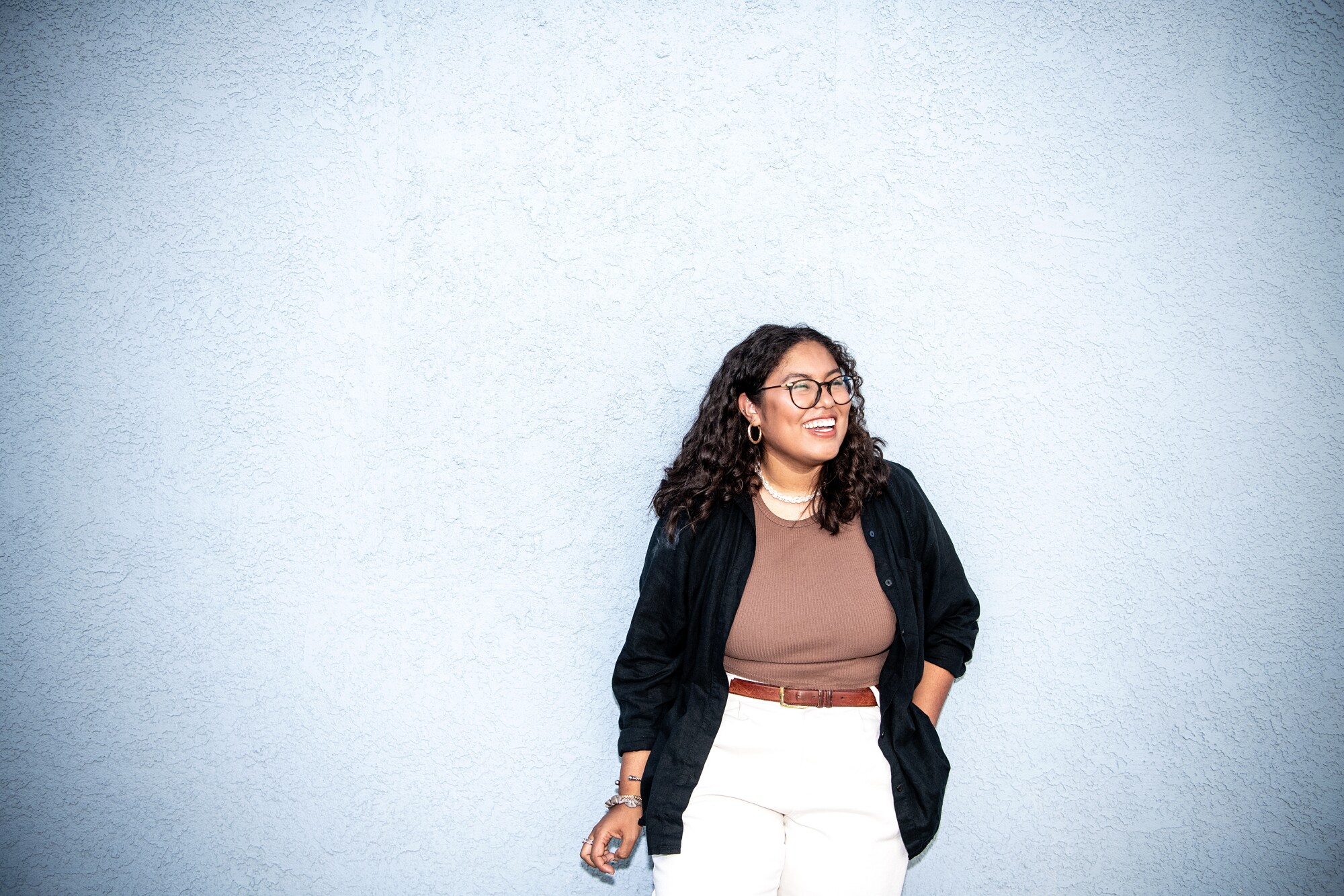
When Raquel Santizo saw the original L.A. Cool Girl TikTok, she quickly crafted her own series of videos designed for a more diverse audience.
(Mariah Tauger / Los Angeles Times)
In a seven-story building in Koreatown, Raquel Santizo once shared a one-bedroom apartment with two sisters and her mother. Any lack of privacy was compensated by a strong sense of community — she knew the names of her neighbors, kids watched movies on the floor and she always felt safe walking down the street.
Now 25 and living in San Francisco, things aren’t quite as they used to be when she returns to her birthplace. While the community and love are still there, the streets don’t feel as familiar.
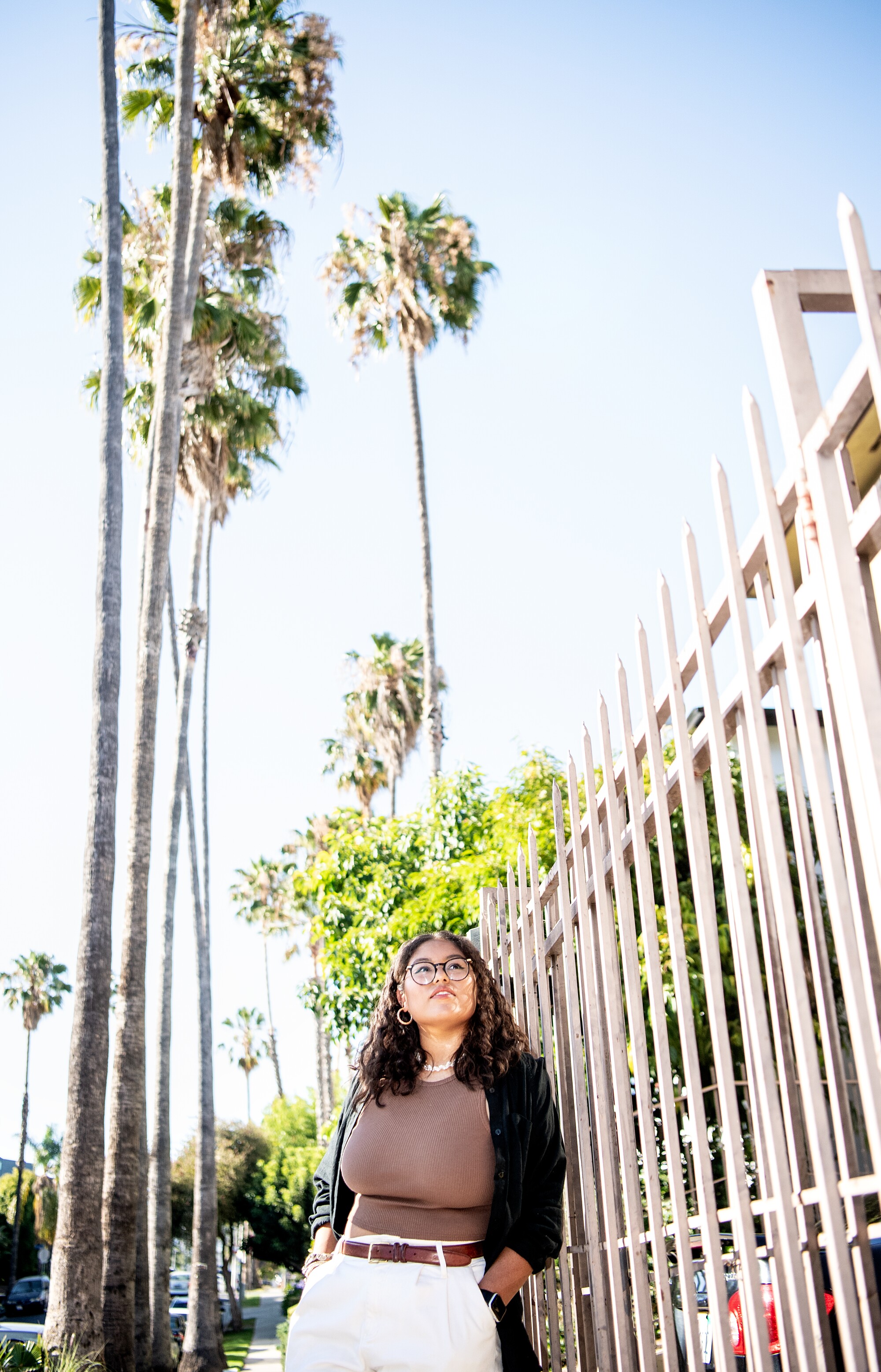
Raquel Santizo in Koreatown.
(Mariah Tauger / Los Angeles Times)
As a child, she watched the “lightning-speed” gentrification of Echo Park. Now she feels it coming for Koreatown.
“It’s tricky to see something you love change,” Santizo said. “All I hope is that the residents who have been there for three-plus decades, like my mom, can still call home their home and feel safe and not get pushed out.”
When Santizo saw the original L.A. Cool Girl TikTok, she was quick to craft her own series of videos designed for a more diverse audience. While the original depicts a wealthier lifestyle, Santizo presents a life of Flamin’ Hot Cheetos and art exhibits.
She’s not an expert on the Metro, but she can find her way around, Santizo details on TikTok. She probably loves gold jewelry, wearing neutrals (but not in a boring way) and has a favorite taco truck in a gas station parking lot. Chances are, the L.A. Cool Girl is working-class.
“A majority of L.A. is, if we’re being real,” Santizo said. “A lot of us are first-gen Americans, so I think there’s some kind of pride in that and in essentially starting your own American story, community, identity within a city that is so frickin’ diverse and awesome.”
Sign of an L.A. Cool Girl #2: She represents

Amanda Tovar, 26, outlines criteria to be an L.A. Cool Girl on TikTok, careful not to include things that would require wealth.
(Mariah Tauger / Los Angeles Times)
As these women revise the L.A. Cool Girl, they want to ensure she’s accessible. Often, being the reimagined Cool Girl boils down to simply being a decent human being.
“She shares resources. She doesn’t gatekeep. She supports others. She doesn’t try hard because she knows who she is. She respects the culture. She’s healing from generational trauma, which I feel like is a quite common thing these days,” said Silver Lake resident Amanda Tovar.
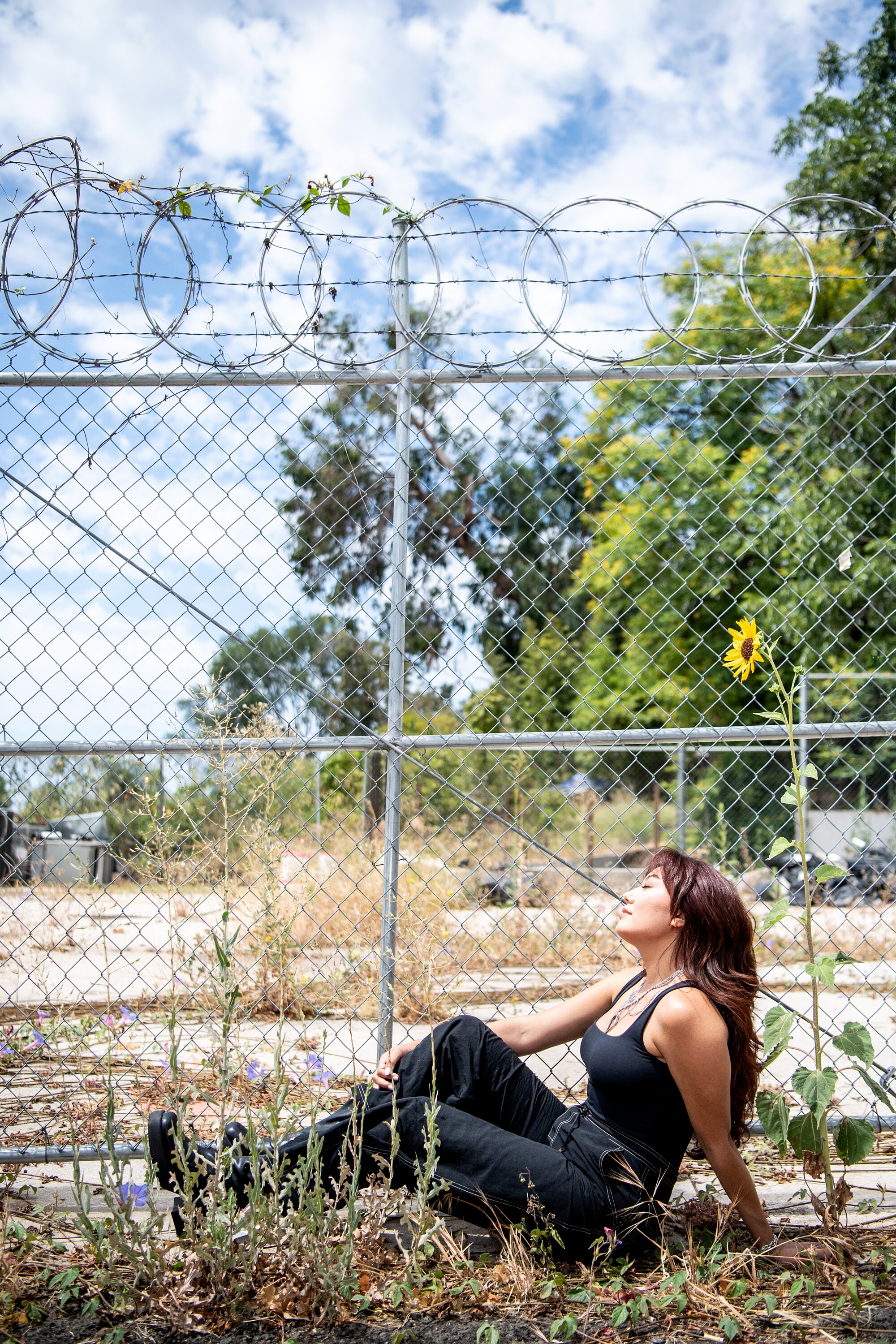
Amanda Tovar in Silver Lake.
(Mariah Tauger / Los Angeles Times)
Tovar, 26, outlines accessible criteria to be an L.A. Cool Girl on TikTok, careful not to include things that would require wealth. Like many Angelenos, she has struggled to pay rent before and can’t always invest in a pricy lifestyle. Her vision of the L.A. Cool Girl doesn’t require a heavy wallet.
More than that, she doesn’t want the L.A. Cool Girl to erase the diverse community here. Tovar grew up watching Britney Spears, Mandy Moore and Cinderella — which, while all popular, were also all white. Tovar is Mexican Korean, and felt like she only really saw herself in a popular figure when the doll line Bratz came along in the early 2000s. She refuses to let the same thing happen to kids looking at the L.A. Cool Girl.
“I just don’t want young people to grow up thinking that you have to be this one way to be a cool girl when you could just be yourself,” Tovar said.
Sign of an L.A. Cool Girl #3: She’s concerned about gentrification
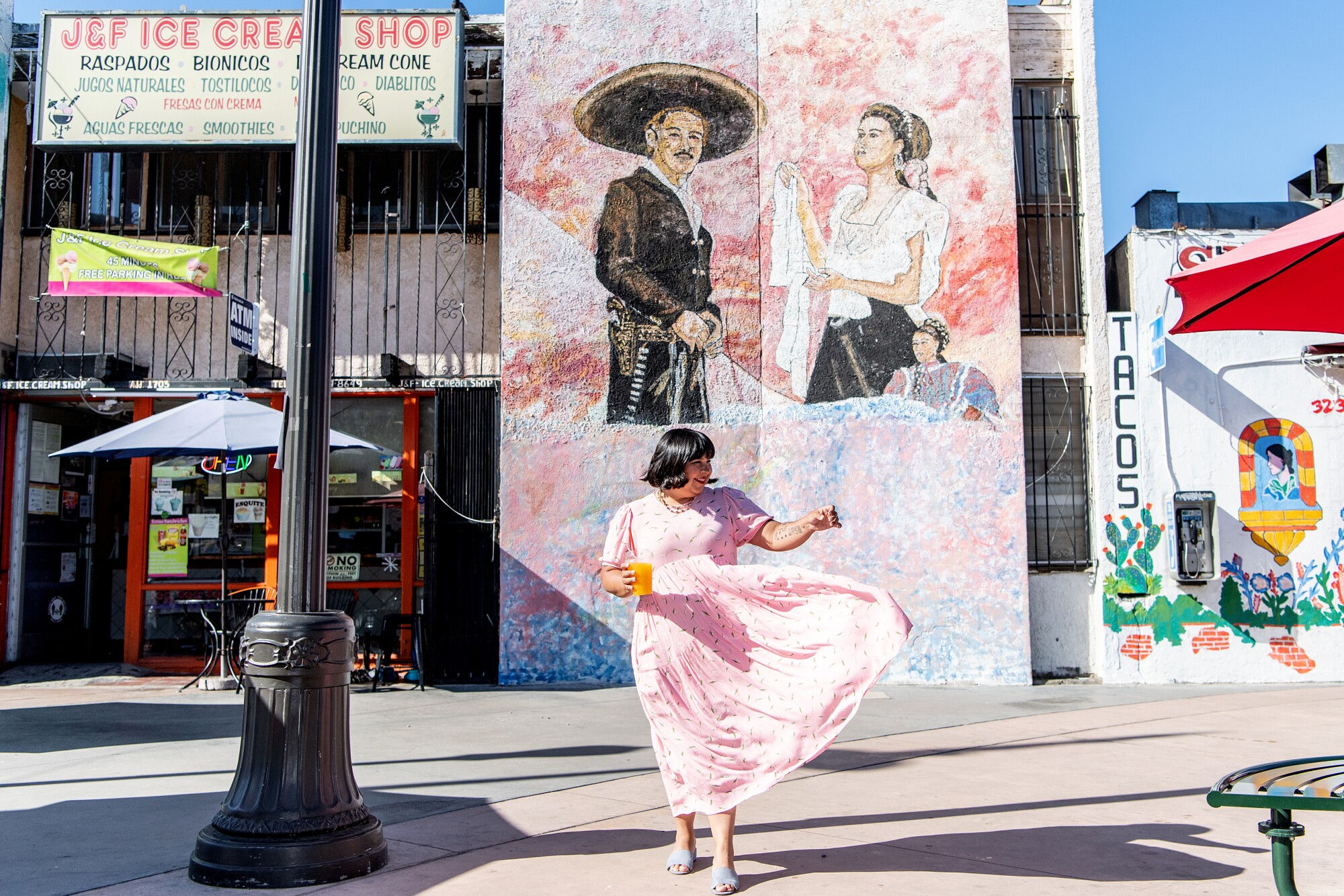
Vanessa Acosta outside J & F Ice Cream Shop in Boyle Heights.
(Mariah Tauger / Los Angeles Times)
Before the eloté man was priced out of Highland Park and returned to Mexico, his loyal fans came to say goodbye, said Vanessa Acosta, a 32-year-old designer. They flocked to Figueroa Street to buy their last elotés and wish him well — and worried that, one day, they might have to leave too.
Acosta, who‘s called Highland Park, Boyle Heights and Eagle Rock home at one point or another, has watched street vendors disappear, trendy new shops replace mom-and-pop stores and families of color get evicted as transplants drive rents up. Before the pandemic, she and her fiancé frequented a small plant shop owned by a Latina mother and her family. When Acosta returned after quarantine restrictions eased, it was gone.
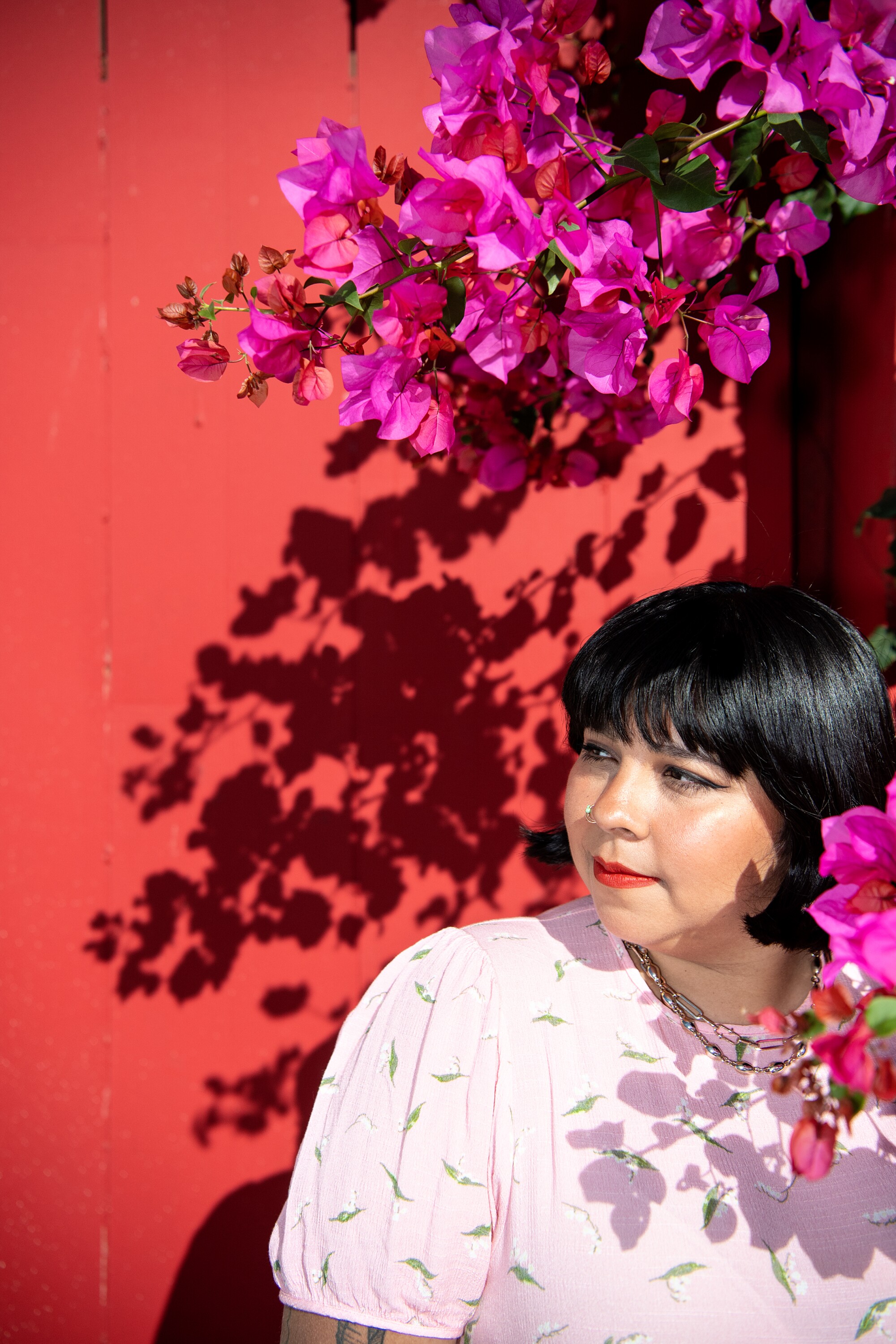
Vanessa Acosta in Boyle Heights.
(Mariah Tauger / Los Angeles Times)
“White transplants who have way more money with that generational wealth are coming in and taking these businesses, retail spaces and even homes away,” Acosta said. “It just seems kind of hopeless. The people in this community and these communities have fought and tried to keep this stuff, but it’s just such a hard fight.”
The fight has spanned decades, but the L.A. Cool Girl has spurred fresh activism.
Kathrine Braxton, a 26-year-old L.A. County resident with a B.A. in sociology, knows there’s nuance to be found within controversy. While some homeowners may be pleased that their property values increase as people move to L.A., she said, long-standing renters are frustrated by rising prices.
“I would just hope that people that move here, that kind of gentrify unconsciously, would respect where they’re moving to and think about what they’re doing,” she said.
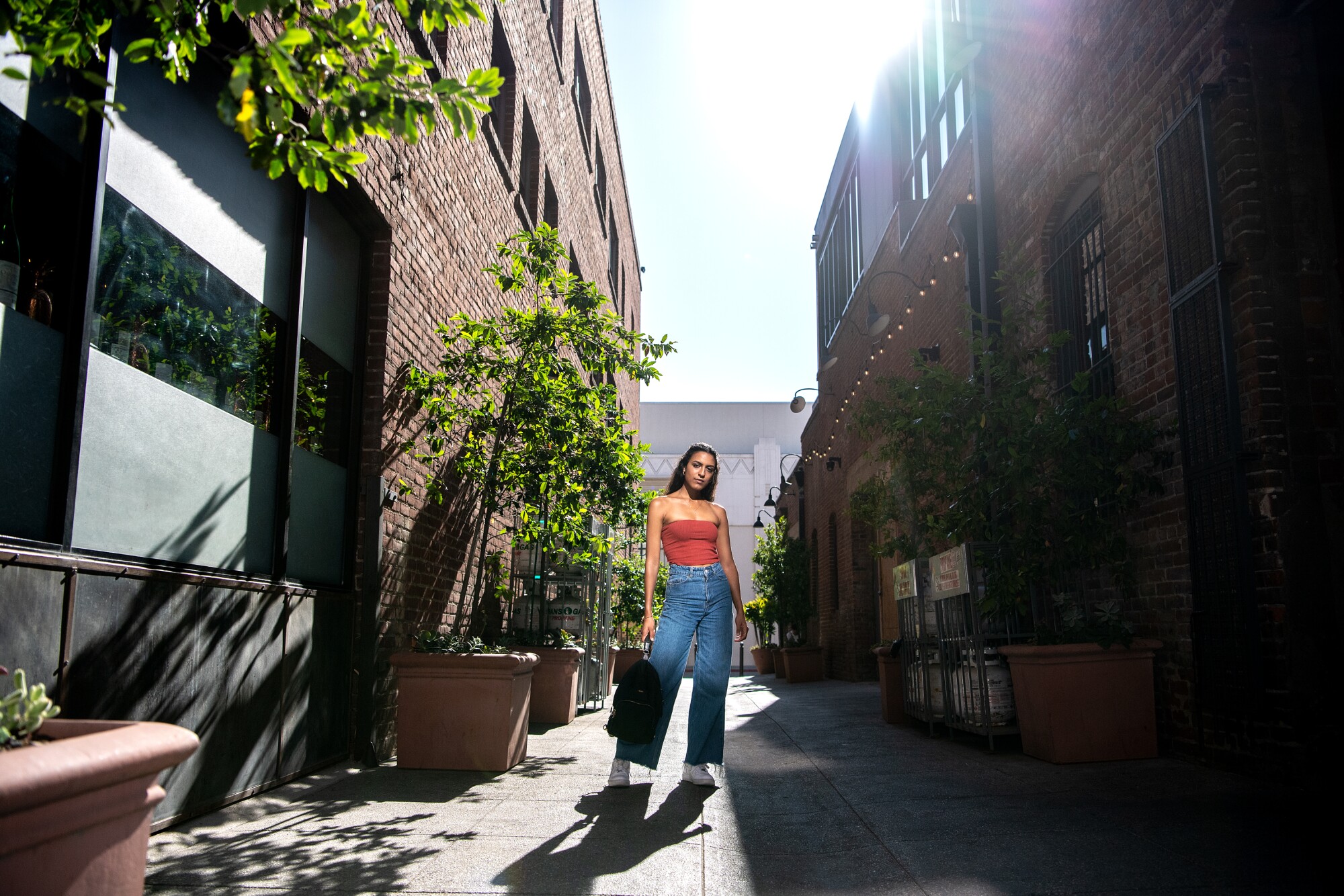
Kathrine Braxton knows there nuance to be found in the L.A. Cool Girl conversation on TikTok.
(Mariah Tauger / Los Angeles Times)
If nothing else, the L.A. Cool Girl has cracked open these conversations on TikTok — or at least bundled them up in a hashtag. Braxton has seen the controversial aesthetic drive important discussions on a platform that isn’t always seen as deep.
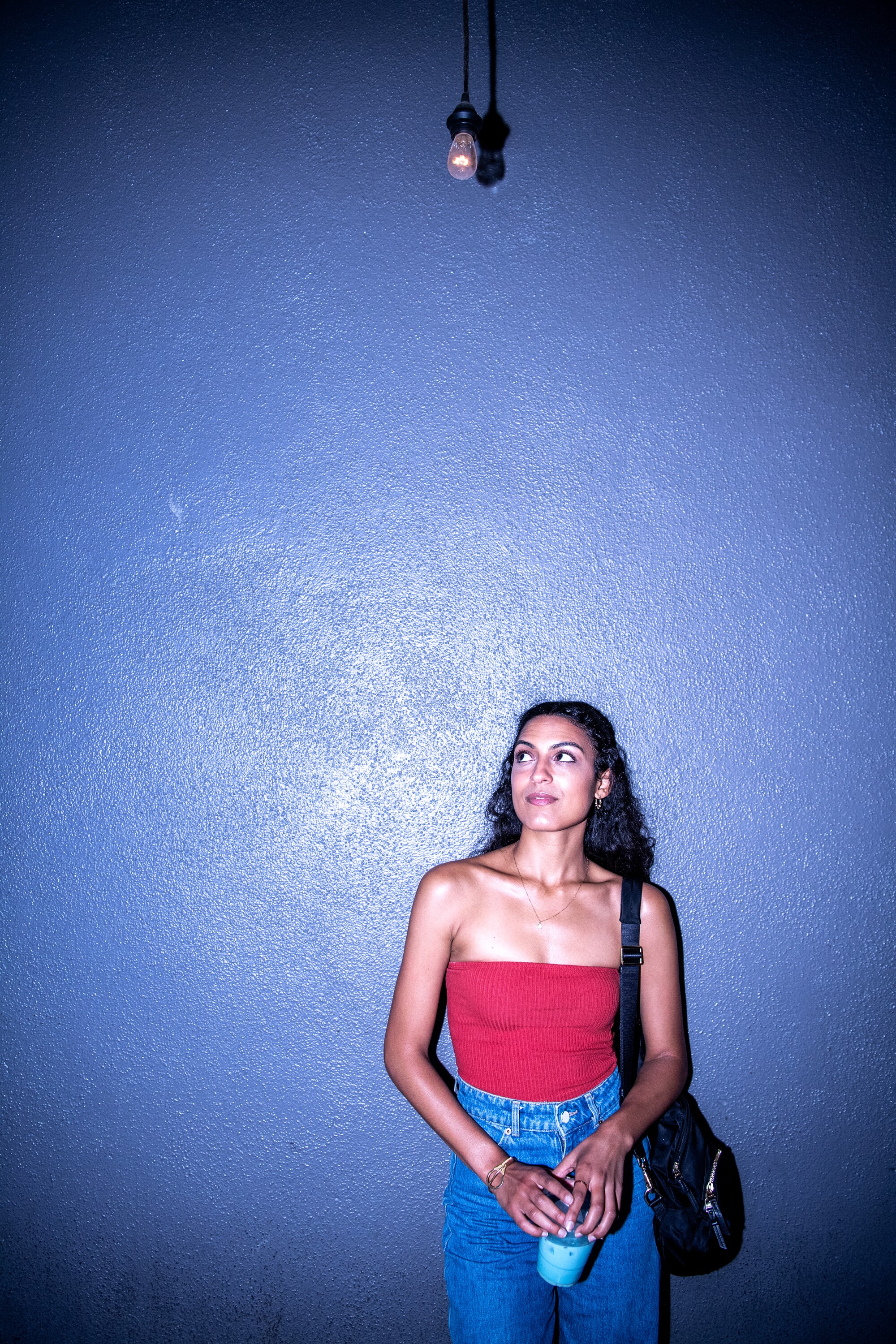
Kathrine Braxton in Old Town Pasadena.
(Mariah Tauger / Los Angeles Times)
“The biggest thing that I don’t think people realize is that she did start a trend of people like me and other people of color who are reclaiming the L.A. Cool Girls for ourselves,” Braxton said.
Sign of an L.A. Cool Girl #4: She contains multitudes
The authentic L.A. Cool Girl is being reborn out of satire. And like Los Angeles itself, she’s multilayered. L.A.’s socioeconomic differences means she looks different to everyone, Braxton pointed out.
The real L.A. Cool Girl is not someone to aspire to be — she’s someone Los Angeles women already are.
“When I think of an L.A. Cool Girl, I think of the diversity,” Acosta said. “There’s so many pockets in L.A. There’s that cool girl in East L.A., there’s that cool girl in South Central, there’s that cool girl in Koreatown or the Valley, or that cool girl in Glendale. They’re all over the place, and they’re all diverse and different and unique in their own way.”




